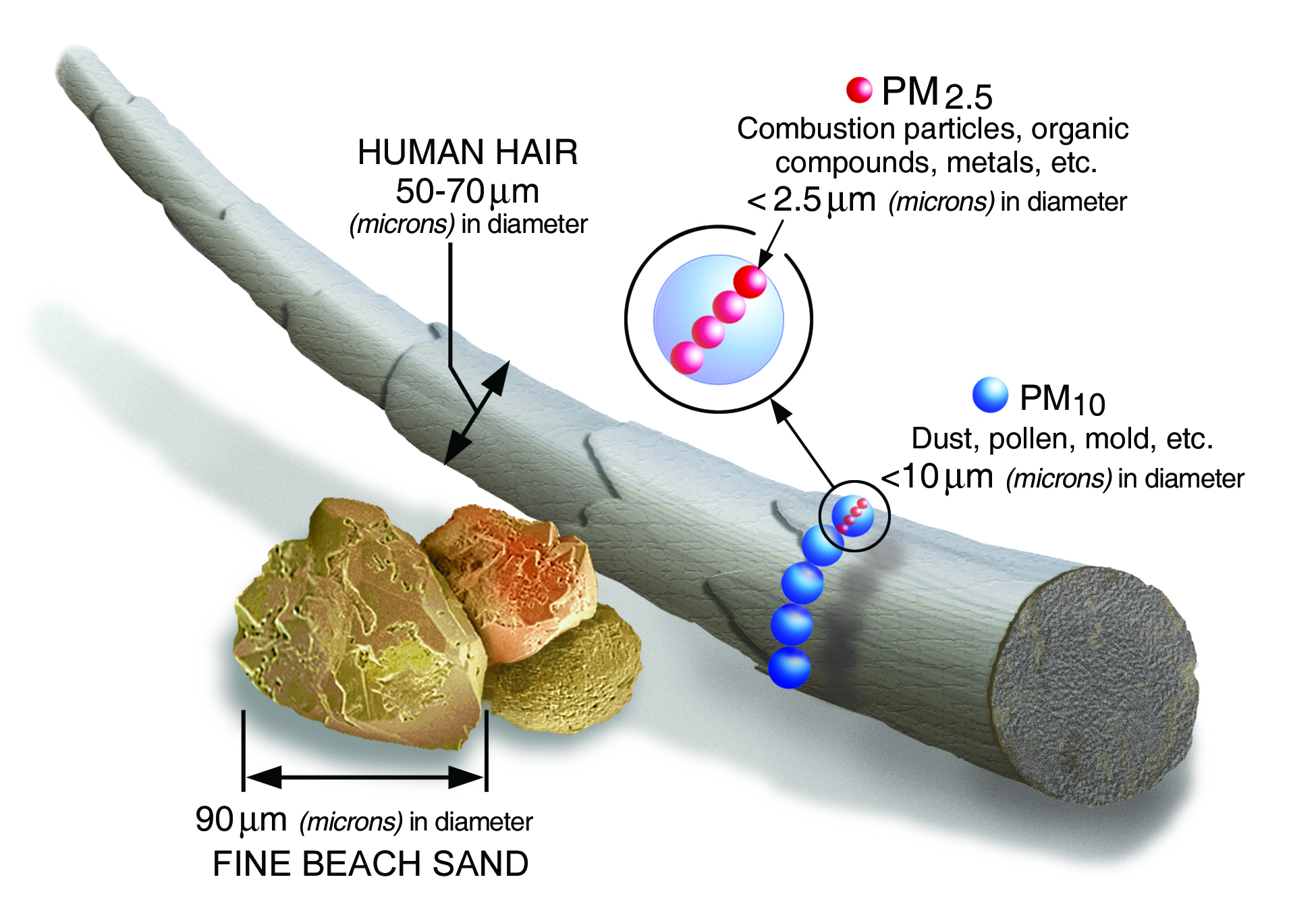FAQ: Superhydrophobic Camera CoversUpdated 10 months ago
Q: What does superhydrophobic mean?
A: A superhydrophobic surface covering works by combining two key features: surface roughness and low surface energy. The surface is designed with micro and nano-scale structures that create tiny air pockets when water comes into contact with it. These air pockets, combined with the low surface energy material (a fluoropolymer coating), cause water droplets to form nearly perfect spheres with minimal contact area. This effect is often compared to the natural "lotus effect" seen on some plant leaves. The trapped air layer and minimal water contact significantly reduce wetting, making these surfaces highly water-repellent and self-cleaning.
Q: Why does the protection only last for a few months?
A: Just like a ceramic coating on a car, the surface eventually becomes contaminated with small particles (known as PM2.5 and PM10, read more about it here).

The area on the back of your car or truck is extremely hostile to the surface due to the aero effect, essentially blasting the camera with dirt all the time - this is why your rear camera gets dirty so quickly. As the contamination builds, the surface integrity is changed, and the micro-nano structures become less effective. How quickly this happens depends on many environmental factors:
Environmental Factors
Automotive environments expose surfaces to harsh conditions:
- High-velocity water impact from rain or car washes can exceed the surface's impalement resistance, forcing water into the micro/nanostructures
- Prolonged exposure to high temperatures and humidity can degrade the coating's hydrophobic properties over time
- Abrasive forces from wind-blown particles or cleaning can wear down the surface structure
Oil and Grease Contamination
Road environments often contain oily substances that can adhere to and contaminate the surface, potentially altering its wetting properties
Q: How do I know how long a cover will last for me?
A: As mentioned above, where you live and work will have a big influence on the life of the cover, and much of that you cannot control. As a general rule, the typical AQI (Air Quality Index) in your area is a good guide as to the typical lifespan you should expect. If you live in an area that's normally green, congratulations, you should expect 4-6 months, maybe more, depending on how often you drive. ! If you see more Orange and Red warnings, then expect closer to 3 months. You can view a real-time AQI map for the US here.
Q: What can I do to extend the life of the cover?
A: The best thing you can do is to gently clean it with a lens wipe (isopropyl alcohol) on a regular basis. If you wax your car, ensure you do not get any on the camera cover.
Q: Can I re-treat the surface with something like RainX?
A: No. The process to create the lens covering is patented and is a 9-step process in a clean room. Using any other surface treatment will just pollute the surface and reduce it's life.
Q: Does the cover interfere with FSD/Autopilot?
A: No, but note that on the expanded rear view (the square view, as opposed to the 'mirror' view) you will see some hazing caused by the edge of the cover in the corners - this has no impact on FSD and generates no errors. This is partly as a result of Tesla expanding the field of view in a recent software update.